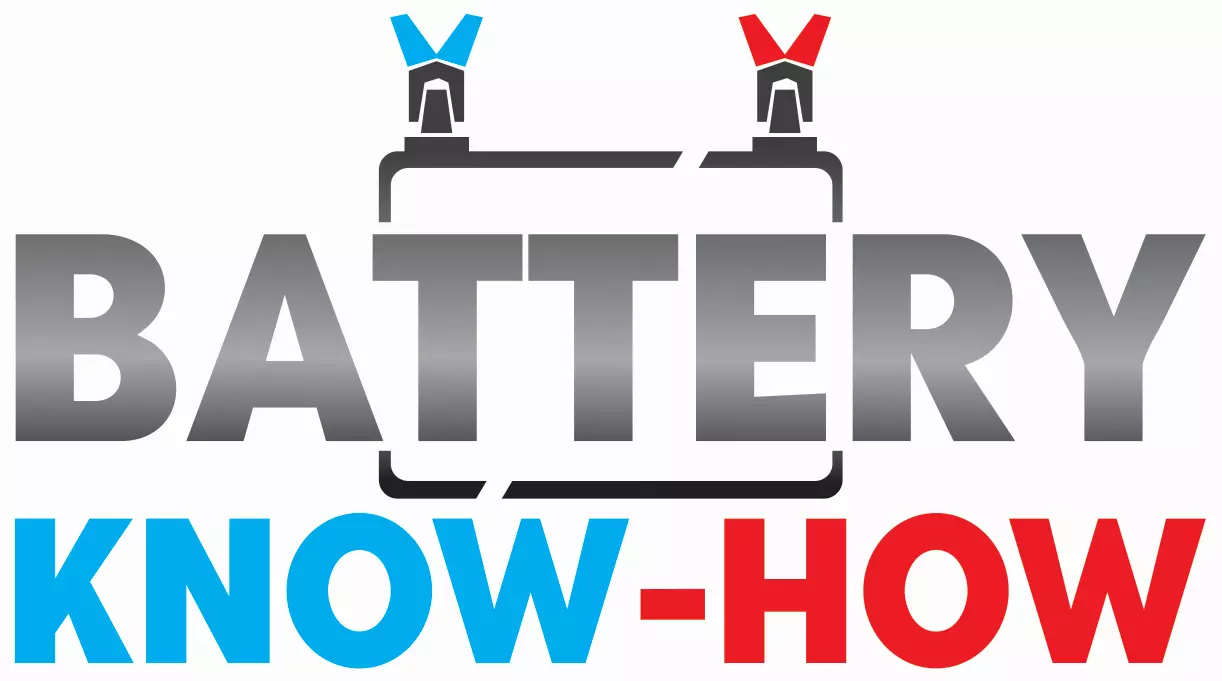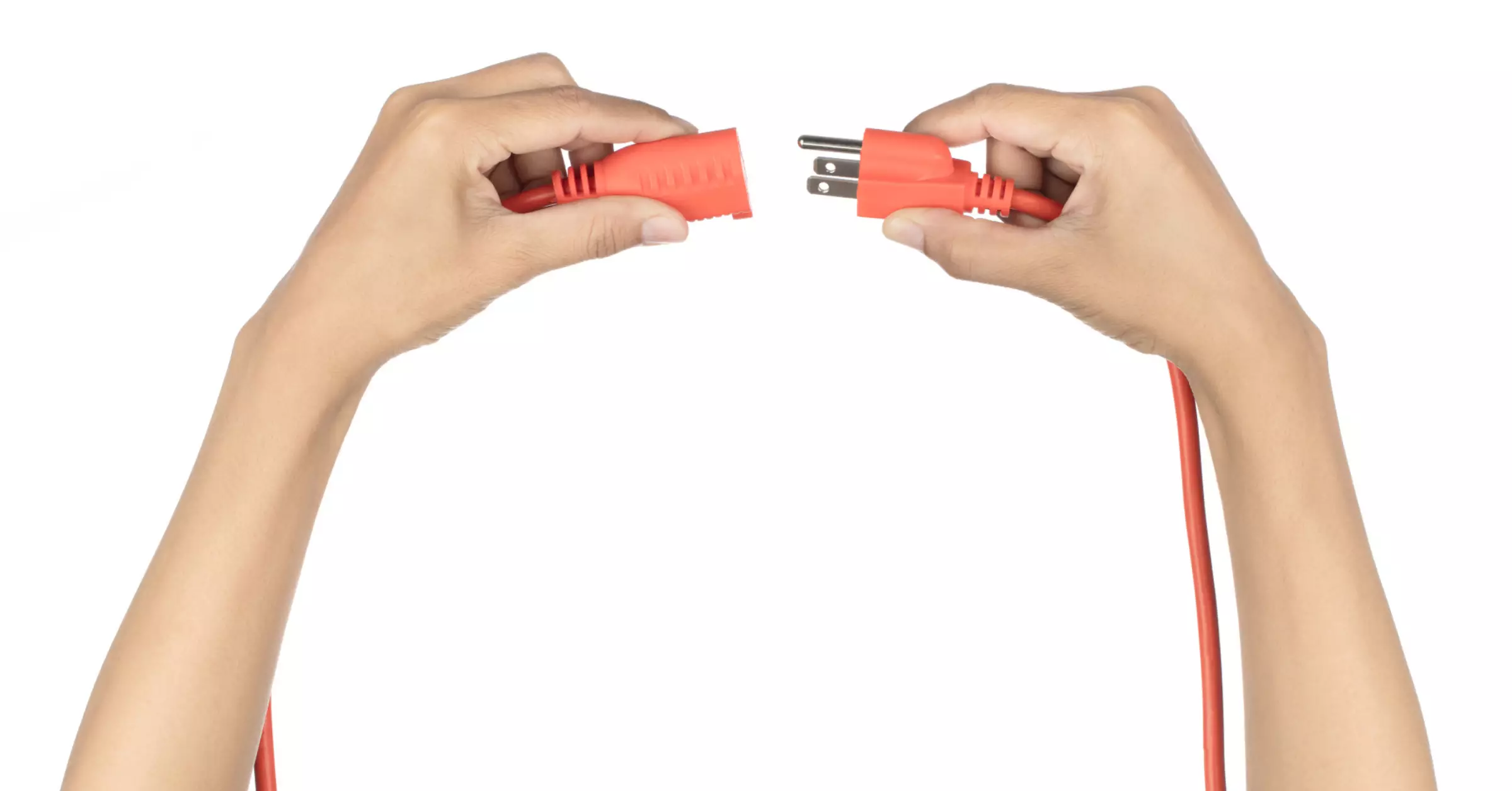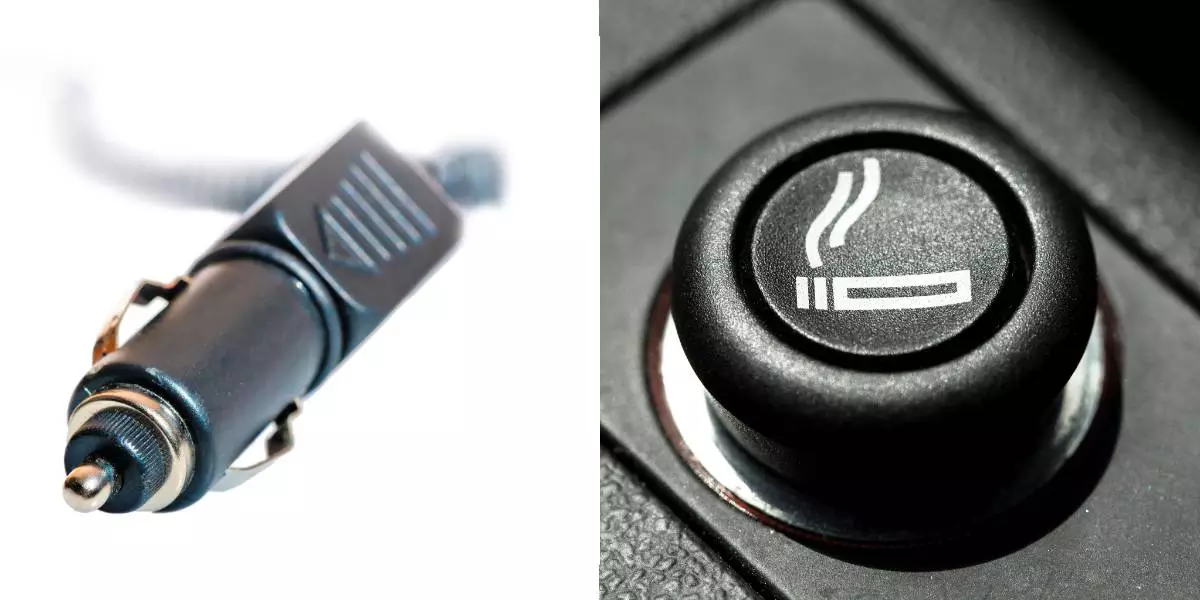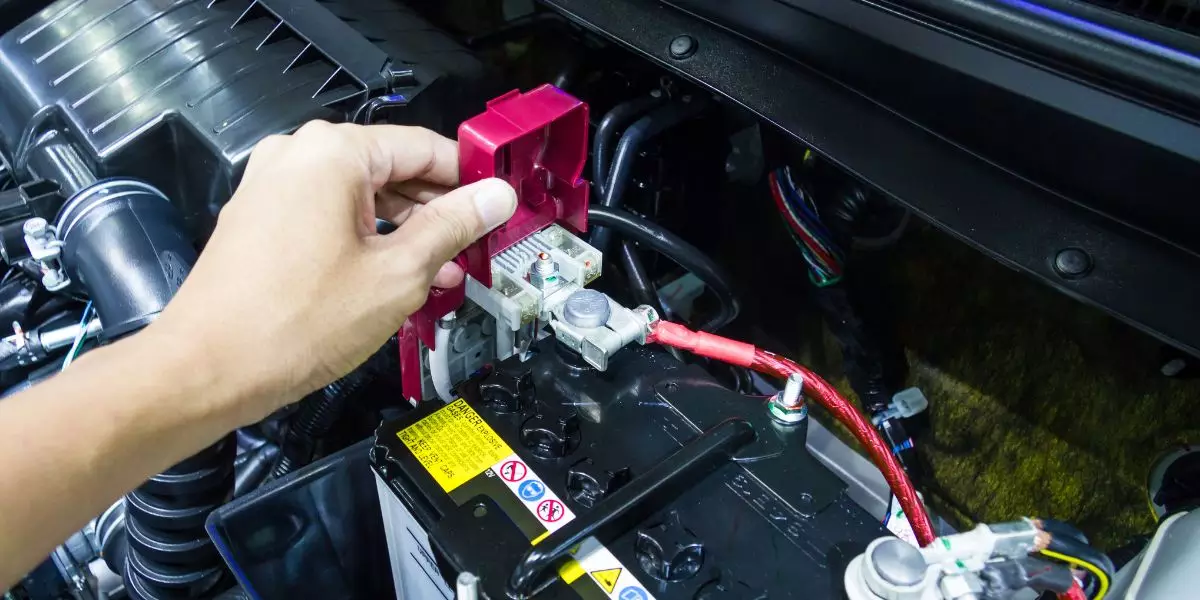Can you hook an extension cord to a car battery?
It’s a question that might have crossed your mind, especially when you’re in need of power for your devices or appliances while on the go. But before we dive into the answer, let’s address the elephant in the room: safety concerns.
You might be thinking, ‘Isn’t it dangerous to connect an extension cord directly to a car battery?’ Well, I hear you, and I understand your apprehension. However, with proper precautions and knowledge, it is possible to safely utilize an extension cord with a car battery.
In this article, we will explore the power output of a car battery and assess any potential risks involved. We’ll also discuss necessary precautions to take before connecting an extension cord and guide you through the process step by step. Furthermore, we’ll provide alternatives to using an extension cord with a car battery if you prefer other options.
So buckle up and get ready to learn all about how you can effectively utilize your car battery as a power source!
Key Takeaways
- Connecting an extension cord to a car battery can be a safety concern and may pose risks due to power output and potential overcharging.
- It is important to follow safety precautions when connecting an extension cord to a car battery, such as using insulated gloves and taking fire prevention measures.
- Factors to consider when choosing the right extension cord include length, weatherproofing, gauge, plug type, and amperage requirements.
- There are alternative options to using extension cords, such as solar chargers, power inverters, jump starters, and portable power packs, which offer convenience and flexibility without the need for extension cords.
Understanding the Power Output of a Car Battery
The power output of a car battery determines how much electrical energy it can provide to the vehicle’s components. Understanding the voltage output is crucial when considering whether you can hook an extension cord to a car battery.
Most car batteries operate at 12 volts, which may not be enough to power certain devices, especially if they require higher voltage. Assessing the power capacity of your car battery is essential before attempting any connections.
It’s important to note that connecting too many devices or drawing too much power from the battery can overload it and potentially cause damage. To avoid power overload and ensure safety, consider using a power inverter, which converts the DC current from the battery into AC current suitable for most household appliances.
By assessing the safety risks involved in connecting an extension cord to a car battery, you can make informed decisions about utilizing its electrical capabilities for various purposes without compromising your safety or damaging your vehicle’s electrical system.
Assessing the Safety Risks
Imagine the potential hazards lurking when connecting an electrical wire to the powerful source that drives your vehicle. Hooking up an extension cord to a car battery can pose serious risks if it’s not done properly.
One major concern is the potential for fire. If the extension cord is damaged or overloaded, it can generate excessive heat and ignite nearby flammable materials. Overloading the car battery with too many appliances or devices can also lead to overheating and damage to both the battery and electrical system of your car.
Additionally, there’s a risk of electrical shock if you come into contact with exposed wires or mishandle the connection process.
To ensure safety, it’s important to take necessary precautions when connecting an extension cord to a car battery without risking any harm or damage in doing so.
Necessary Precautions for Connecting an Extension Cord
To ensure your safety when connecting an extension cord, it’s important to take necessary precautions.
Make sure the cord you’re using is in good condition and free from any damage or frays.
Additionally, always use the proper method of connecting the cord to avoid any potential hazards.
Safety precautions for extension cords
Before using extension cords, it’s crucial to understand and follow safety precautions. Here are some electrical safety tips to keep in mind. First, be aware of common extension cord hazards such as tripping over cords or exposing them to water. Always inspect the cord for any damage before use and avoid using cords with frayed wires or loose connections. To prevent cord damage, never run extension cords through walls, ceilings, or under carpets where they can be easily pinched or damaged. Proper grounding techniques should also be followed by plugging the cord into a grounded outlet and avoiding overloading the cord with too many appliances. Lastly, fire prevention measures include keeping the cords away from heat sources and not covering them with rugs or furniture. Following these safety precautions will help ensure your safety when using extension cords.
Now that you know how to stay safe when using an extension cord, let’s move on to proper cord connection methods.
Proper cord connection methods
Now, let’s dive into the correct way to connect cords to ensure a safe and efficient power supply. When connecting an extension cord to a car battery, it’s important to consider several factors such as cord length, cord gauge, weather conditions, battery capacity, and proper grounding. Here are some guidelines to follow:
- Cord Length: Choose the appropriate length that allows you to reach your desired location without excessive slack or tension.
- Cord Gauge: Use a cord with a gauge suitable for the power requirements of your devices and appliances.
- Weather Conditions: Make sure the extension cord is rated for outdoor use if you plan on using it outside in different weather conditions.
- Battery Capacity: Check the capacity of your car battery before connecting any devices or appliances.
By following these steps, you can safely connect an extension cord to your car battery.
Moving forward, let’s discuss choosing the right extension cord for the job.
Choosing the Right Extension Cord for the Job
First and foremost, make sure to select the proper extension cord for the task at hand. When evaluating durability, consider the cord’s construction and materials to ensure it can withstand outdoor conditions and regular use.
Additionally, take into account the cord length to ensure it’ll reach from your car battery to the desired location without straining or causing a tripping hazard. Understanding amperage limits is crucial as using an extension cord with a lower amperage rating than required can lead to overheating and potential damage.
Examining insulation quality is important for safety reasons, as proper insulation protects against electrical shocks and short circuits. Lastly, compare price ranges to find an extension cord that fits within your budget while still meeting all necessary requirements.
With these considerations in mind, you’ll be ready for the subsequent section about connecting an extension cord to a car battery safely and effectively.
Step-by-Step Guide to Connecting an Extension Cord to a Car Battery
When connecting an extension cord to a car battery, it’s crucial to prioritize safety precautions. Start by choosing the right extension cord that’s suitable for outdoor use and has the appropriate gauge for the job.
Next, properly connect the cord by ensuring a secure connection between the battery terminals and the cord’s plug.
Lastly, continuously monitor the battery voltage to prevent overcharging or any potential risks while using the extension cord.
Safety precautions for connection
To ensure your safety while connecting an extension cord to a car battery, it’s imperative that you exercise caution and follow proper guidelines.
There are several potential hazards to be aware of when dealing with electricity. One important measure is to prevent electrical shocks by wearing insulated gloves and using insulated tools. Additionally, it’s crucial to take fire prevention measures by keeping flammable materials away from the battery and ensuring there are no sparks or open flames nearby. Proper grounding techniques should also be employed to avoid electrical malfunctions. Moreover, ensuring proper insulation of the extension cord will minimize the risk of accidents.
By taking these precautions, you can safely connect an extension cord to your car battery without any issues.
Now, let’s move on to choosing the right extension cord for this task.
Choosing the right extension cord
Selecting the appropriate extension cord is crucial for a safe and efficient connection to power your vehicle. When choosing an extension cord, there are several factors to consider. First, extension cord length limitations should be taken into account. It’s important to choose a cord that is long enough to reach your car battery without being excessively long, as longer cords can cause voltage drop and decrease efficiency. Additionally, weatherproof extension cord options are recommended to ensure the safety of the connection in various weather conditions. Another consideration is the extension cord gauge, which determines its capacity to handle electrical current. Choosing the right plug type for your extension cord is also essential for compatibility with your car’s battery terminals. Lastly, understanding the amperage requirements for your devices will help you select a suitable extension cord that can safely deliver power. With these considerations in mind, you can now proceed to properly connecting the cord to your car battery for a reliable power source.
Properly connecting the cord
Once you’ve made the right connections, your vehicle will be powered up and ready to hit the road with a reliable source of energy. First, it’s important to understand polarity. The positive terminal on the battery should be connected to the extension cord’s positive wire, usually identified by red insulation. Similarly, connect the negative terminal of the battery to the extension cord’s negative wire, typically marked with black insulation. Always use proper tools like insulated pliers or wrenches when making these connections to ensure safety.
Before connecting, check your car battery’s capacity and make sure it can handle the additional load from the extension cord without overloading. Also, be careful not to overload the extension cord itself by plugging in too many devices or appliances.
Another crucial step is preventing short circuits by ensuring that all connections are secure and there’s no exposed wiring.
Once everything is properly connected, you can move on to monitoring your battery voltage for optimal performance.
Now let’s transition into how you can monitor your battery voltage and ensure its longevity.
Monitoring battery voltage
Make sure to regularly check the voltage of your vehicle’s power source to ensure its optimal performance and long-term durability. Proper battery maintenance is crucial for maintaining battery health and maximizing its lifespan. By monitoring the battery voltage, you can keep track of its capacity and charging efficiency. This allows you to detect any potential issues early on, such as a low charge or a failing battery.
Regular voltage checks also help prevent overcharging or undercharging, which can lead to damage and reduced battery life. By staying vigilant with voltage monitoring, you can ensure that your car’s power source is always in top condition.
In the next section, we’ll explore alternatives to using an extension cord with a car battery without compromising functionality and safety.
Alternatives to Using an Extension Cord with a Car Battery
If you’re tired of dealing with extension cords and potential hazards, why not consider some alternative methods for connecting your car battery to other devices? There are several alternatives to using an extension cord that can provide portable power for your needs. Here are four options to consider:
- Solar charger: A solar charger harnesses the power of the sun to charge your car battery. It’s a convenient and eco-friendly option, especially if you’re outdoors or in remote locations.
- Power inverter: A power inverter converts the DC power from your car battery into AC power, allowing you to plug in and use household appliances or electronics.
- Jump starter: A jump starter not only helps start a dead car battery but also has additional outlets that can be used to power other devices.
- Portable power packs: These compact and lightweight devices come with built-in batteries and USB ports, allowing you to charge small electronic devices on the go.
These alternatives offer flexibility and convenience without the need for extension cords or potential hazards associated with them.
Conclusion
Congratulations! You’ve reached the end of our informative journey on hooking an extension cord to a car battery. By understanding the power output and assessing safety risks, you can confidently make the right connections.
Remember to take necessary precautions and choose the appropriate extension cord for your needs. With our step-by-step guide, you’ll be able to connect with ease. And if using an extension cord doesn’t suit your situation, don’t worry! We’ve also explored alternatives for you.
Safe travels and happy powering!
Frequently Asked Questions
Can I use any extension cord to connect to a car battery?
To connect an extension cord to a car battery, it’s important to use the right type of cord that is suitable for automotive use. The gauge or thickness of the cord affects its power handling capacity. There isn’t a specific maximum length, but shorter cords are recommended to minimize power loss. When using an extension cord with a car battery, make sure to follow safety precautions such as avoiding overloading the cord and keeping it away from heat sources or water. Alternatively, there are other tools available like power inverters or jump starters that can be used to connect devices to a car battery.
Can I leave the extension cord connected to the car battery for an extended period of time?
Leaving an extension cord connected to a car battery for long periods can pose potential hazards like overheating and damage. Properly store the cord when not in use, consider alternatives, and follow maintenance tips to avoid mistakes and ensure longevity.
Is it safe to connect multiple devices to the extension cord connected to a car battery?
To determine the power capacity of an extension cord for multiple devices connected to a car battery, check the cord’s rating. Connecting multiple devices may drain the battery faster, so monitor its lifespan. Ensure safety by not exceeding the cord’s capacity and using compatible devices to avoid overloading risks.
Can I use the extension cord connected to a car battery to jump-start another vehicle?
To jump-start another vehicle, it is not safe to use an extension cord connected to a car battery. It can cause potential hazards and long-term effects on the battery’s maintenance. Explore alternative methods for jump starting safely.
What are the risks of using a damaged or frayed extension cord with a car battery?
Using a damaged or frayed extension cord with a car battery poses risks and electrical hazards. It increases the chances of fire hazard and can damage the car battery. Always prioritize safety precautions when using an extension cord.




